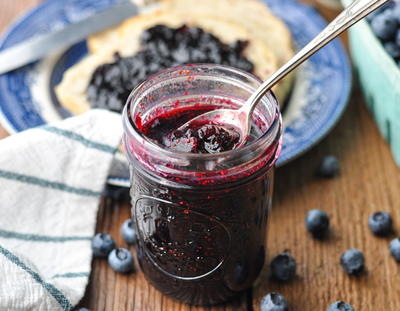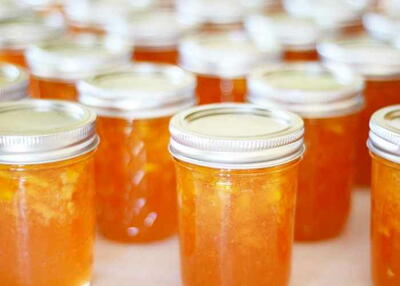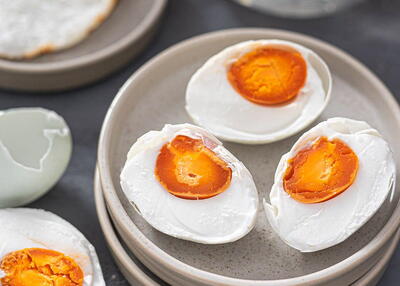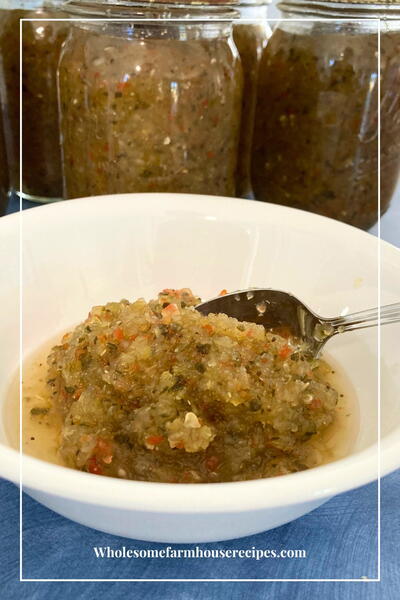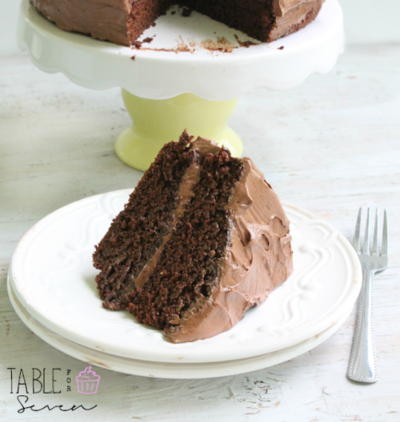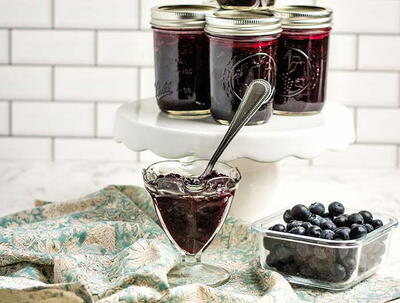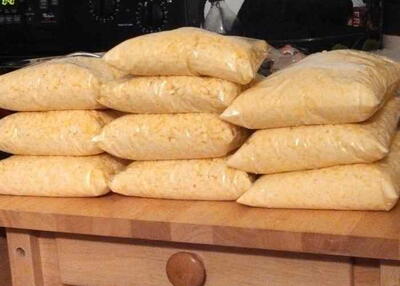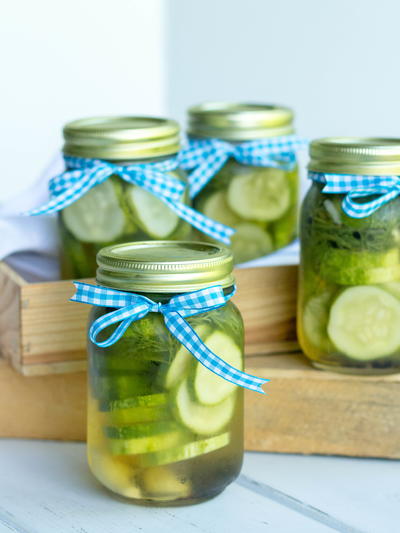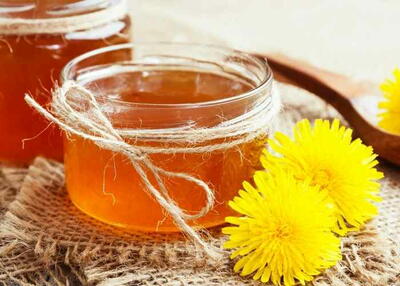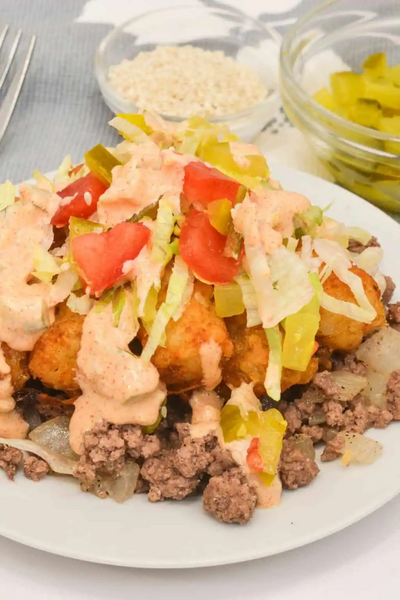Horseradish
Ingredients
- Horseradish roots
- Vinegar
- Kosher salt
Instructions
Selecting the root: Bring a small knife with you to the supermarket. Pick up every root you're considering buying and give it a squeeze. If it's limp, feels fleshy or flaccid, or wrinkled, forget it. Select only fresh roots that feel rather heavy for their size and are as hard as wood. Use the knife to pare off a thin bit of the root and pop it in your mouth. Bite down on it. If it makes your lip and tongue go numb and tingly, it's good. Don't buy it if it's weak, or if it leaves a bitter quinine aftertaste (the bitterness will be magnified by grinding.) Preparation: Set up a table in front of a window. Open up the window and set up a fan to blow air OUT the window. Horseradish fumes are crippling and you will NOT be able to do this without pulling the fumes out the window. By exhausting air out rather than blowing in, you can even do this on a chilly night when you might otherwise not want a window open. On the window table put your food processor. If you can run your processor with both the shredding blade in the top and the puree knives in the bottom, great. Set it up that way. If not, you'll have two steps (grating and pureeing) instead of one. Next to the processor, still in front of the window, put a large bowl. That's where the ground root will go. Close at hand (maybe on the kitchen table) put the jars where the root will be packed, a large bottle of vinegar, and your salt. Step 1: Wash and peel. Put all the roots into the sink and start running a thin stream of cold water. Get them all wet and let them sit a few minutes to soften the dirt on them. With a stiff bristle brush, give them a good scrubbing under the stream of water. When they're clean, use a veggie peeler to pare off the brown skin and green tops (if they have green tops. You can cut the top inch off the root, leaving the greens alone, if you like, and plant them in your backyard if you want to grow your own.) Do the peeling under the running water, also. Keeping the water drizzling over the root while you peel carries off some of the volatile chemical, saving your life while you work in the sink.

